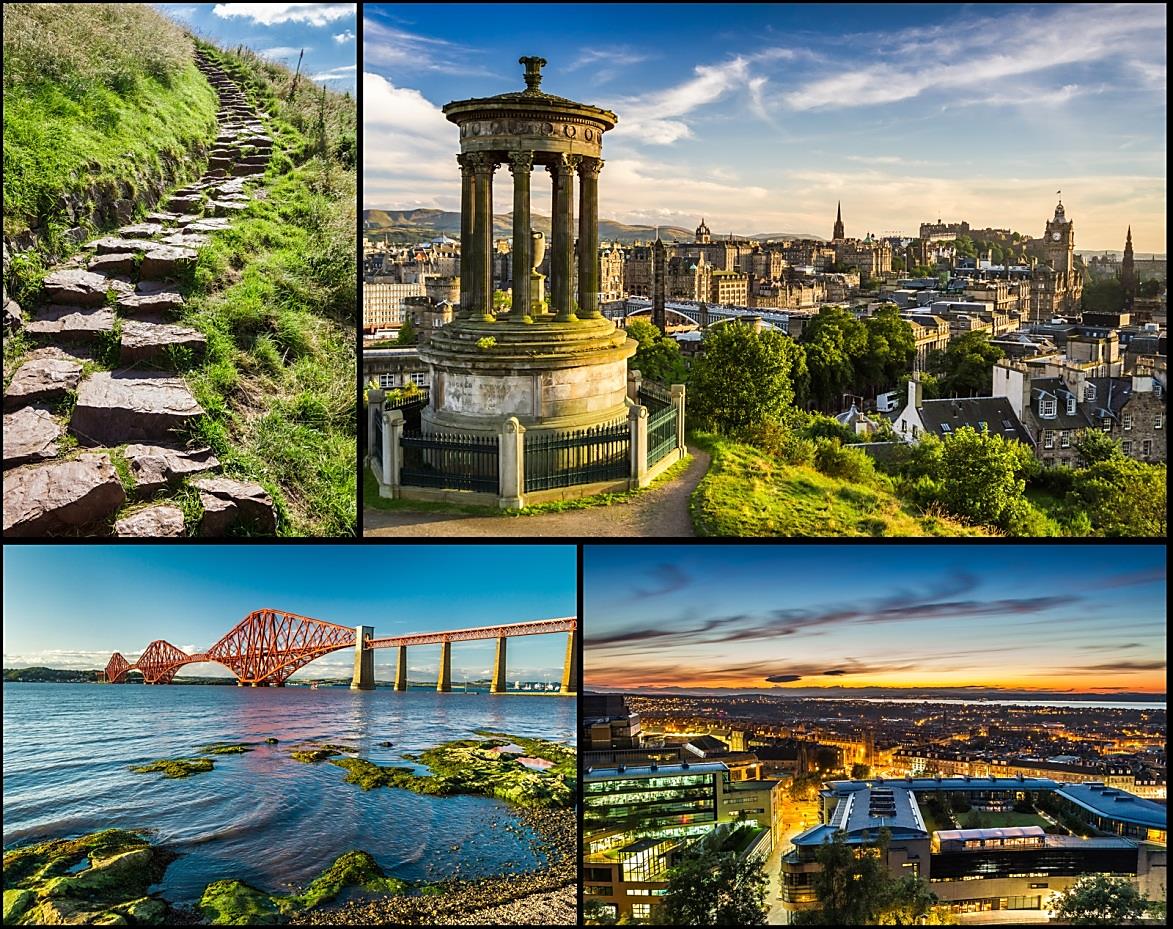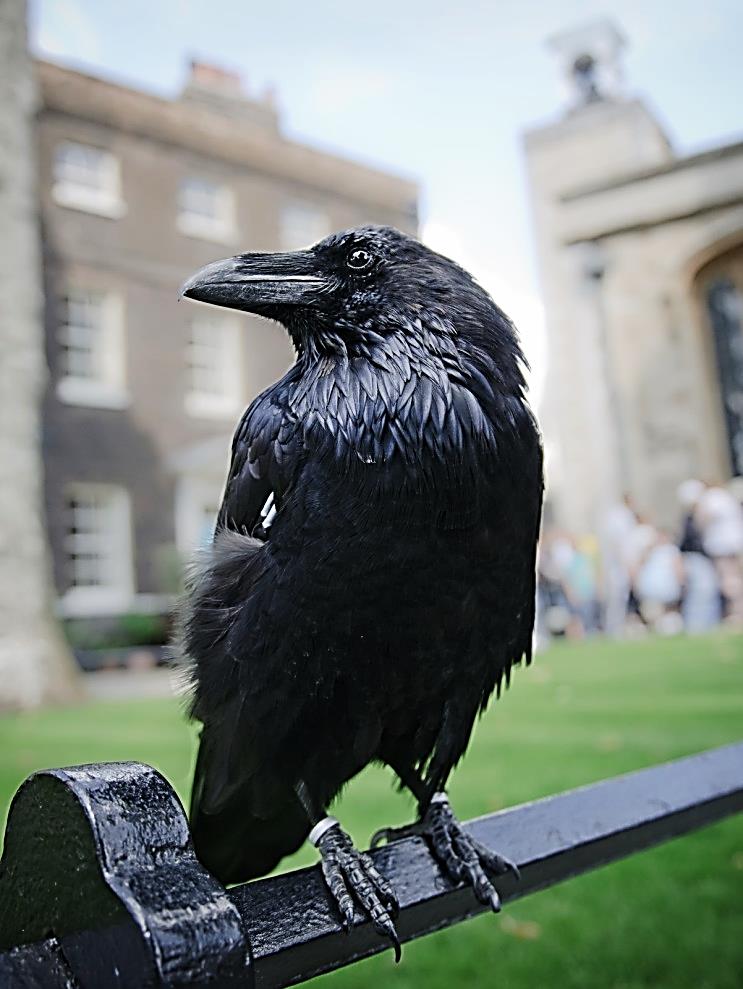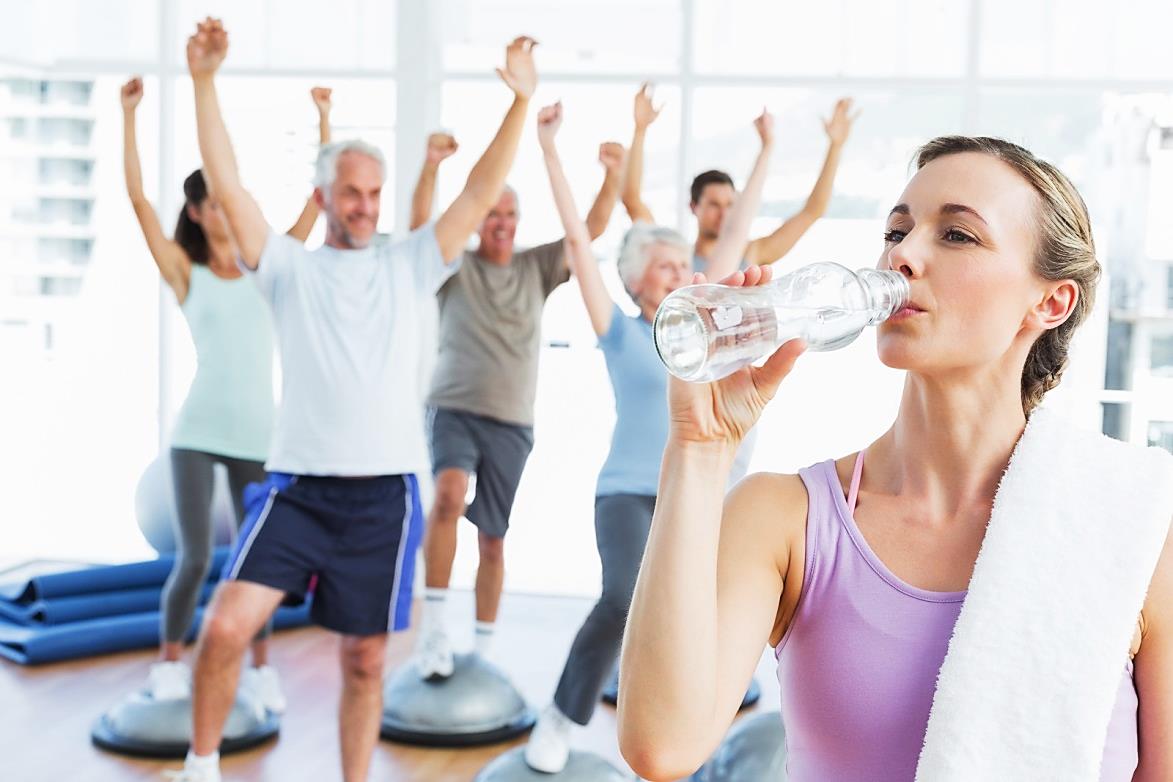
by Fern Shaw | Jul 10, 2017 | aquaid edinburgh, water cooler, Water Coolers
I don’t know about you, but if you’re not a local, when I think of Edinburgh and The Lothians, it always brings to mind unicorns, cobbled streets and interesting sounding bridge names. Perhaps the latter is due to my having read my way through the Rebus’ books. Whichever way you look at it, Edinburgh has a fascinating history and a legion of places, people and landmarks of interest.
AquAid Edinburgh, or AquAid Lothian as the branch is more commonly known, has been looking after their more than 1,000 customers in Edinburgh; Alloa; East Lothian; Falkirk; Fife; Midlothian; Perth; Scottish Borders and Stirling since they opened their doors in 2005.
Edinburgh & The Lothians are so close, yet they’re both so very different. Scotland‘s cosmopolitan capital city borders with miles of lush countryside and the attractive coastline of the Lothians.
But even if you’re a local, there are quite a few startling facts about this gorgeous city and region you may not be aware of.
Like the fact that the Castle is perched on top of part of a volcano.* Arthur’s Seat isn’t the only extinct volcanic feature in Edinburgh. Castle Rock is actually a volcanic plug, and it’s 340 million years old…
And, what about the source of Scrooge* – Charles Dickens invented the famous character of Scrooge when he misread the tombstone of successful Edinburgh merchant Ebenezer Scroggie in the Canongate Kirkyard. Dickens was horrified by the apparently hard-hearted inscription ‘Meanman’ – but the tombstone actually read ‘Mealman’ in recognition of Scroggie’s successful career as a corn trader. Thus, a legend was mistakenly born.
We can’t leave out the fact that 75% of the city’s buildings are listed.* In fact, Edinburgh has the most listed sites in the UK outside of London, with more than 4,500 buildings making the list.
It’s where the Encyclopaedia Britannica was first published.* The Encyclopaedia Britannica was first produced in Edinburgh, and the first edition caused controversy due to the anatomy section which was said to contain “unvarnished portrayals of the unmentionable parts of the human body.”
Rose’s Lime Juice was first made here.* Taking a tip from sailors avoiding scurvy at sea, Lauchlan Rose patented a method to preserve citrus juice using sugar in 1867 and Rose’s Lime Juice was born. The first factory to produce the now world famous cordial opened on Commercial Street in Leith in 1868.
The meaning of ‘caddie’.* The word ‘caddie’ is now commonly associated with golf, but is thought to have originated as a description of the men who were hired to carry pails of water up the tenement flats in Edinburgh’s Old Town.
The professional team of installers, drivers and engineers at AquAid Edinburgh certainly don’t bring you pails of water, but they are responsible for getting your water to you and keeping your water coolers in tip top condition.
For all your water and water coolers requirements in Edinburgh and The Lothians, contact any one of the amazing team at the AquAid Edinburgh branch – they’ll be delighted to assist.
*source: iNews

by Fern Shaw | Mar 29, 2017 | Water Coolers
Love it or hate it, the day will soon be upon us. Personally, I’ve never been a fan, perhaps an underdeveloped sense of humour, but there’s no denying that there have been some awfully clever April Fool’s pranks played over the years.
The French call the day Poisson d’Avril, or ‘April Fish’. French children will often tape a picture of a fish on to the back of their friends and wait for them to realise. This is also the case in Italy.
In Scotland, April Fools’ Day used to be called Huntigowk Day – ‘gowk’ being Scots for a cuckoo or a foolish person.
Traditionally people were sent on a foolish errand to deliver a sealed message reading ‘Dinna laugh, dinna smile. Hunt the gowk another mile’.
Some of the best April Fool’s played out over the years have included:
- Flying penguins
In 2008 the BBC caught viewers out by running a video clip of flying penguins, claiming the birds were flying to tropical rainforests in South American to escape the harsh Antarctic weather.
- UFO lands near London
On 31 March 1989, thousands of motorists driving on the highway outside London looked up in the air to see a glowing flying saucer descending on their city. The saucer finally landed in a field on the outskirts of London. When a door in the craft popped open, a small, silver-suited figure emerged. The saucer turned out to be a hot-air balloon that had been specially built to look like a UFO by Richard Branson, the then 36-year-old chairman of Virgin Records. His plan was to land the craft in London’s Hyde Park on April 1. Unfortunately, the wind blew him off course, and he was forced to land a day early in the wrong location.
- Planetary Alignment Decreases Gravity
In 1976, British astronomer, Patrick Moore, told radio listeners that at 9.47 a.m. the earth was going to experience a feeling of less gravity. He said that Jupiter and Pluto would cross and if listeners jumped in the air at exactly 9.47 a.m. they would feel the sensation of having no gravity. Hundreds of listeners phoned the radio to say they had jumped and floated in the air.
- The Swiss Spaghetti Harvest
On 1 April 1, 1957, the respected BBC news show Panorama announced that thanks to a very mild winter and the virtual elimination of the dreaded spaghetti weevil, Swiss farmers were enjoying a bumper spaghetti crop. It accompanied this announcement with footage of Swiss peasants pulling strands of spaghetti down from trees. Huge numbers of viewers were taken in. The broadcast remains, by far, the most popular and widely acclaimed April Fool’s Day hoax ever.
Today, with all of the technology we have at hand, it’s probably unlikely that such hoaxes wouldn’t be dismissed almost immediately, but then again, perhaps it’s actually easier to fool people because of the technology we each have?
Rest assured, here at AquAid, although we have a fine sense of humour, it’s unlikely that we’ll be playing any April Fool’s on anyone this year; although, did I mention that we’ve been selected to supply water coolers and water to the first crewed Mars mission in 2031?

by Fern Shaw | Mar 29, 2017 | water cooler, Water Coolers
Generally, everyone enjoys a good bit of trivia and none so more than me.
People have pretty fertile imaginations though, so the facts behind some trivia can easily be distorted and the internet being as it is, fact checking trivia snippets can be a little difficult.
To astound and amaze, here’s a bit of trivia to keep you amused this week – and to keep your brain active during your working day. Try them out on colleagues at the water cooler when you beetle off to replenish your water bottle (just no Larry [or Larissa] the Lounge Lizard actions while you’re there now, see?)
John Cleese’s father’s surname was Cheese. Cleese grew up 10 miles from Cheddar and his best friend at school was called Barney Butter.
The last private resident of No 10 Downing Street was called Mr Chicken. Nobody knows anything about him other than his name. He moved out in 1732, after which King George II presented both houses to Sir Robert Walpole.
All but one of the ravens at the Tower of London died from stress during the Blitz.
In 2009, a retired policeman called Geraint Woolford was admitted to Abergale Hospital in north Wales and ended up next to another retired policeman called Geraint Woolford. The men weren’t related, had never met and were the only two people in the UK called Geraint Woolford. Imagine that conversation around the ward’s water cooler!
A blue whale can hold up to 5,000kgs of water in its mouth. (No, we’re not able to provide blue whale water coolers even if you are a large organisation).
In the UK, accents change noticeably about every 25 miles.
British Pennies, pre-1971, are used in the pendulum to adjust the time in London’s Big Ben clock tower.
The names of the English rivers Avon, Axe, Esk, Exe and Ouse all mean ‘river’ or ‘water’ in various ancient languages.
Now you know. In fairness, a blue whale isn’t really British, however according to the ‘Fishes Royal’ which states that all sturgeon, whales, porpoises and dolphins in the water around the UK belong to the Queen, apparently they are!
I’ve fact checked these as best I can – if you know differently – please feel free to correct me and provide your source.

by Fern Shaw | Mar 17, 2017 | Water Coolers
At Blue Whale Media, we’ve always believed in giving back to the community. We are always looking for ways to contribute to the community. So, when we wanted to install water coolers at our new premises, we purchased AquAid water coolers.
Keeping our staff members hydrated will keep them at their best all through the day. But how they operate is one of the prime reasons why we chose to invest in AquAid watercoolers.
So what’s special about them? Everything!
Building Elephant Pumps
With every purchase of their water coolers, AquAid automatically contributes a portion to the Africa Trust. These funds help in installing Elephant Pumps in the remotest parts of Africa to make fresh drinking water available.
When we were told that our purchase will lead to a pump being installed in Africa on our behalf, we were all charged up. To think that our purchase will help in making fresh, clean drinking water available to those who really need it. We felt it was a great way to give back to the community.
About Blue Whale Media
Blue Whale Media is a digital agency based in Warrington. We offer a bouquet of services including web design, app development and an array of online marketing services.
Today, online presence is important. Whether you want to generate leads and sales, connect with your customers or help them resolve a complaint or find an answer to a question they have, a well-designed website can do wonders for your business.
Our goal is to help businesses make a lasting impression on their visitors and customers alike. After all, your website can not only bring business, but can help in building relationships.
We aim to educate our customers so they can make an informed decision. Feel free to take a look at our blog, where we share our knowledge that may just help you with your online presence.

by Fern Shaw | Mar 17, 2017 | mains fed water cooler, Water Coolers
We all intend to do the right thing when it comes to keeping fit, but often the demands of day-to-day life gets in the way. At AquAid Water Coolers we always want to help where we can to ensure that at the very least, you keep yourself well hydrated throughout your day, no matter your schedule.
If you’ve launched into a great keep fit regime with spring rearing its blooming head, here’s a bit of info that may help you on your get fit and keep hydrated journey:
Recognising dehydration
- A large percentage of the UK population are chronically dehydrated. When was the last time that you actually drank more than one glass of water in a day? Keep in mind that the average adult should be drinking a minimum of eight glasses of water per day.
- Dehydration occurs when more fluid leaves your body than is taken in. Symptoms include: fatigue, irritability, headaches and nausea.
- Dehydration also slows your metabolism, which hinders your ability to exercise as well as the ability to lose weight.
Deposits and withdrawals
To avoid reaching the stage where you’re dehydrated, think of it in terms of deposits and withdrawals. It all comes down to how much water leaves your body. The logic is straight-forward, you have to maintain a water balance: How much water you excrete depends on many factors: age, gender, health, body mass, environmental conditions and physical activity all play a role. Right, now you have that sorted, put these ideas into action:
Get moving
Even if you feel sluggish and low in energy, make the effort to do 20-30 minutes exercise daily. If you’re not that keen to participate in organised activities, a brisk walk around the block will be enough to energise you and reduce fatigue.
Sleep well
Make sure you get enough sleep. Depending on your daily schedule and work hours, try to go to bed at the same time, do not eat or drink caffeine before going to bed and move the telly out of the bedroom.
Eat well
There are innumerable eating and weight loss plans and these can often hinder rather than help.
Whatever food plan you decide upon, again logic dictates: in order to function, your body needs fuel, so try to ensure that your food fuel consists of a balanced diet.
If you’re prone to the ‘quick fix’ when eating, which usually consist of processed and sugar rich food and drinks, the good news is if you step up and start drinking enough water to keep yourself hydrated, you will feel fuller and the temptation to sate your appetite as quickly as possible, will lessen.
Make use of your water cooler!
As you begin your happy and healthy get fit plan, having a bottle fed or mains fed water cooler wherever you are at work could honestly not make drinking water easier for you. There’s also the added advantage of you being able to get through your work day much more easily as studies have proven that taking even a five minute break to stretch out and walk to replenish your water makes a significant difference on your performance and well-being.





